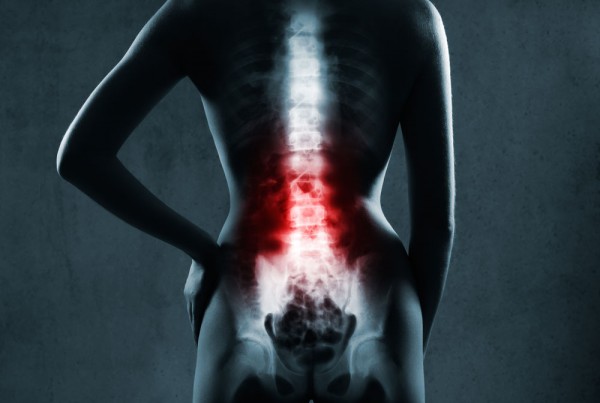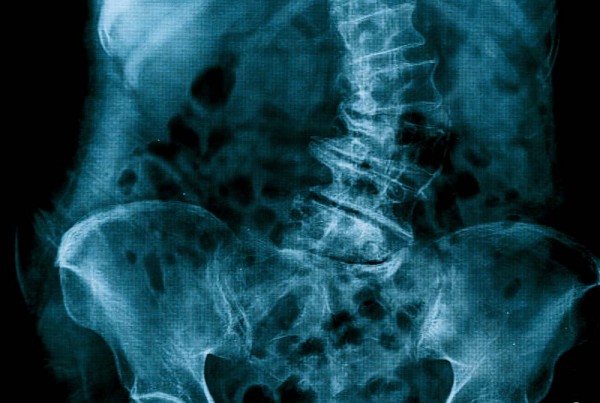What is Chiropractic?
Each year more than 15 million North Americans choose chiropractic for safe, natural and effective relief from back pain, neck pain, headaches, extremity pain, poor overall health, low energy levels and much more.
According to The Association of Chiropractic Colleges, “Chiropractic is a health care discipline which emphasizes the inherent recuperative power of the body to heal itself without the use of drugs and surgery. The practice of chiropractic focuses on the relationship between structure (primarily the spine) and function (as coordinated by the nervous system) and how that relationship affects the preservation and restoration of health.”
The Goal of Chiropractic
Because chiropractic treatments are primarily applied to the spinal region, many individuals incorrectly assume that chiropractors treat only back and neck ailments. While we do quickly and effectively eliminate back and neck pain, it’s not the only goal. The objective is to restore and optimize human health. In fact, according to a statement from The Association of Chiropractic Colleges, “The purpose of chiropractic is to optimize health.”
How Chiropractic Works
You may be wondering… how can the same chiropractic treatment which effectively treats my back pain also optimize my health? The answer can be found by looking into the relationship between the spine and the nervous system.
As you may already know, the nervous system is the master controller of all living cells, tissues and organs; orchestrating and coordinating all cellular functions. The spinal column encases the nervous system (spinal cord and nerve roots) and is responsible for its protection.
Because of this intimate relationship, biomechanical and structural problems in the spinal column can irritate parts of the enclosed nervous system. This irritation can result from noxious inflammatory biochemicals released during tissue injury or may result from direct mechanical pressure. In either case, the functioning of the nervous system is negatively influenced as is the functioning of the cells, tissues and organs which are supplied by the affected nerve(s).
The resulting ailment(s) depends on the cells, tissues and organs affected as well as the extent of nervous system compromise.
In short, because the body’s innate recuperative powers are affected by and integrated through the nervous system, correcting spinal abnormalities which irritate the nervous system can lead to a number of favorable results in patients suffering from various, seemingly non-spinal health conditions.
What Chiropractors Do
Practically speaking, chiropractors are primarily concerned with locating and treating vertebral subluxations.
A vertebral subluxation is a complex of functional and/or structural and/or pathological articular (joint) changes that compromise neural integrity and may influence organ system function and general health.
Using a number of unique and highly refined skills, the chiropractor checks the patient’s spine for any misalignments, fixations or other abnormalities (vertebral subluxations). If subluxations or other abnormalities are detected, the chiropractor will generally apply a gentle force in a corrective manner to the affected spinal area.
Chiropractors use many specialized techniques to identify and treat these spinal abnormalities and optimize overall health. In addition to spinal adjustive techniques, soft tissue techniques such as massage, dietary and nutritional counseling, physical therapies, and lifestyle modification programs are commonly employed.
The Benefits of Chiropractic
Short-term and regular chiropractic care have a number of benefits including:
- spinal and extremity pain relief
- headache relief
- increased mobility and range of motion
- decreased stiffness and muscular spasms
- arthritic joint pain relief
- increased joint health
- increased performance and energy
- increased sense of well being and relaxation
- increased balance and coordination
- reduced degeneration and risk of injury
- enhanced tissue healing
- decreased tissue inflammation








